Sales is always changing. Every new generation of buyers adapts to the old sales methods, making them less effective. And that means every new generation of salespeople must evolve, too, if they want to keep succeeding.
It’s kind of like how evolution works in nature. Over time, antelopes get faster and faster to outrun the lions… but at the same time the lions are getting faster to catch the antelopes. It’s like in Alice in Wonderland, when the Red Queen says (Farnham Street):
“Over here, you need to keep running as fast as you can… just to stay in the same place!” (paraphrased)
Is The Challenger Sale the next big revolution in sales? Probably yes, says Neil Rackham, in the introduction of this book. Rackham is one of the ultimate authorities on sales because 20 years ago he wrote SPIN Selling, a mega-influential book. Today, “almost every new hire in B2B sales is told to read” this book, according to Hubspot, a major sales software company.
The Challenger sales methodology is about teaching the customer to think differently about their business, so they can see a big unrecognized problem or opportunity, usually related to saving money or increasing revenue.
The most important part? The insight you teach must lead to your company’s unique ability—you can help them solve that big problem better than anyone else.
If you’ve read other books on sales or marketing, then many ideas in The Challenger Sale will feel familiar. For example, the idea of a “unique selling proposition” (Wikipedia) has been around forever. But I think this book compiles the ideas into a very practical guide that can help us build more effective real-world sales presentations.
About the authors
Matthew Dixon and Brent Adamson were directors at Corporate Executive Board (Gartner.com), or CEB for short, which helped corporations perform more effectively. To write this book, they conducted large studies on salespeople that involved over 90 companies and 6,000 individuals.
🏆 1. The Challenger: The best-performing B2B salespeople control the conversation and push forward sales
During the 2009 financial crisis, the authors of The Challenger Sale conducted large studies on business-to-business salespeople. Many sales representatives were struggling, of course, but they were surprised to see a small group of reps performing better than ever. But why? They analyzed the data to find out.
Using a technique called factor analysis, the authors discovered salespeople could be roughly clumped together into 5 different types:
- Ones who build relationships.
- Ones who work long and hard.
- Ones who solve customer issues.
- Ones who do their own thing. (“The lone wolves.”)
- Ones who challenge the customer.
It was the last group, which the authors nicknamed “The Challengers,” that outperformed all the others by a wide margin. In the sample, Challengers made up just 27% of salespeople, but 39% of high performers. (This is true for complex B2B sales, which is the focus of the book. They actually found “The Hard Workers” were most effective selling cheap simple products.)
So, what makes “Challengers” special?
- They provide useful insights. They teach customers some new way of thinking about their business, which reveals how the customer can improve their save or make money. They’re more like a trusted advisor than a simple order taker.
- They adapt to each individual. They understand the individual goals of each stakeholder, so they can communicate the right message to the right person.
- They’re not afraid to be assertive. Debating, challenging, pushing—Challengers are all about taking control of what’s being talked about and pushing the sale upwards in the organization.
Now, this is surprising because 10 to 20 years ago, “relationship building” was all the rage in B2B sales training. To be effective in selling large complex deals, it was believed, you should build familiarity with the buyer over a long time. This study found that while relationships do matter, they are NOT the critical factor in large B2B sales. In a nutshell: what makes the highest performing B2B salespeople unique is teaching assertively.
I want to add a note about relationship-building. While it may not be the most important skill of Challengers, it is still a foundational skill that every salesperson needs to know. Professor Robert Cialdini, who wrote the classic book Influence, says that one of the most powerful triggers of persuasion is reciprocity.
Reciprocity means that we feel obligated to pay back gifts and favours that we have received. It’s a basic part of human nature. Someone gives you a gift, you immediately feel like you should pay them back. This is why business give out free samples, charities send out free gifts, and even religious organizations offer something before asking for a donation. Solid relationships are built on reciprocity, when there is a back-and-forth exchange of value over time.
During the 2009 financial crisis, the authors conducted studies on salespeople. They discovered a small group of B2B salespeople were performing exceptionally well. This group of “Challengers” are unique because they teach useful insights to the customer, adapt their presentation to individual stakeholders, and love debating and being assertive.
📢 2. Tell, Don’t Ask: Selling evolved from presenting products to analyzing needs, and now it’s about giving insights
How has sales evolved over time? Three major changes are described in The Challenger Sale:
- Traditional product selling was born almost 100 years ago when some smart people figured out you could get more sales by saying the right words. Those were the early days of understanding features, benefits, and closing. (Neil Rackham gives credit for this revolution to Professor Edward K. Strong, who wrote “The Psychology of Selling and Advertising” in 1925.)
- “Solution selling” was another major evolution in the 1970’s. Instead of simply presenting a product, salespeople began asking extensive questions to “analyze the needs” of each client, then they presented a custom proposal. This method was far more effective for sales that were large complex, and expensive.
But over time, buyers grew less responsive to solution selling. Perhaps they grew bored of hearing an hour of repetitive questions from each salesperson! So that has led to the new evolution of… - Teaching-based selling is about offering valuable insights TO the buyer. Which is exactly the opposite of trying to extract valuable information FROM them with questions. It’s about telling, not asking.
Let’s step back for a moment. The authors of The Challenger Sale are probably right in that asking each buyer endless questions is a worn-out approach. However, every sales presentation can still benefit from a few well-placed questions. My favourite type are called Implication Questions, which I learned from SPIN Selling by Neil Rackham, probably the #1 most-recommended book for salespeople.
Implication Questions are designed to help your prospect explore all the implications or consequences of a problem—the problem that your company solves. They increase the size of the problem in the other person’s mind, which simultaneously increases the perceived value of your solution. For example, a car salesperson could ask about their prospect about the costs of keeping their old 10-year-old car, including how much more they will be paying in maintenance and fuel costs.
Modern sales began in the 1920’s, teaching more effective techniques for presenting products. In the 1970’s, “solution selling” was developed to sell more complex products and services. Today salespeople must evolve again, from asking endless questions to teaching valuable insights.
🧠 3. Teach Insights: Crafting a sales presentation that explains a big problem, a problem your company solves best
If a company wants to be successful, then they need loyal repeat customers. At the end of the day, that is where most of the profit comes from, for many businesses.
So, how do we get loyal customers?
Well, the authors of The Challenger Sale found that 53% of customer loyalty comes from the sales experience, which is more than all the other factors combined! (This was from a survey of over 5,000 B2B customers.)
How do we offer the best sales experience? By making the sales presentation itself valuable, which means teaching insights about their business. There’s nothing worse for a customer than feeling one hour of their life was just wasted.
Many years ago, I learned an incredibly important marketing lesson from the legendary copywriter Gary Bencivenga (MarketingBullets.com). He said consumers have become jaded when it comes to advertising. We simply ignore ads. Gary’s solution? “Make your advertising itself valuable.” In other words, our ads should include something valuable enough the prospect would have been willing to pay for it. Like some useful graphic, guide, or collection of tips. For example, an ad for a gardening course could begin with a quick guide showing the easiest ways to prevent weeds.
To make a valuable sales presentation, the authors recommend following these 6 steps:
- Warming up. Begin with TELLING them about some common issues you’re seeing companies like theirs face in the industry. (NOT with open-ended questions like most “solution” salespeople would.)
- Revealing the insight. Connect the common issues to a deeper problem they are not yet aware of, which is secretly costing them a lot of money. For example, in the book there is a maintenance supply company that explains to their customers how “unplanned purchases” of maintenance supplies cost a surprising amount of money. Like a $17 hammer ends up costing $117, when all the extra employee work time is accounted for.
- Backing up with data. Quantify the big insight with charts, tables, and logic. You can even calculate their ROI (return on investment) for solving that deeper problem—how much money would they save?
- Telling a story. Illustrate how the problem usually looks in a company. The scenario should feel immediately familiar to them, which makes it feel personal.
- Listing needs. Explain what a solution to the deeper problem would need to look like. Remember, you haven’t mentioned your product yet. The authors call this ‘not leading with, but to’ your solution. By the end of this step they should be thinking “We need that!”
- Presenting your solution. Show why your product or service can UNIQUELY solve their problem better than any of your competitors. (Actually, the way you create this presentation is by working backwards. First, decide what makes you unique from competitors, then create the insight that will help prospects value that uniqueness.)
In the book To Sell Is Human, the bestselling author Daniel Pink explains that sales used to be about problem-solving, but now it’s about problem-finding. What that means is, salespeople used to be the gatekeepers of important information. If you wanted to know more about a car, you had to ask the expert at the dealership. But today with technology, the situation has changed dramatically. Consumers have open access to tons of information, and if they have any problem they are just one Google search away from countless solutions.
And that is why effective selling has become about problem-finding. The best salespeople today teach people about problems they didn’t even know they had. They help people become aware of new opportunities to upgrade their lifestyle or business. For example, a homeowner could be losing hundreds of dollars every year because their old windows provide poor insulation. A good salesperson could help the homeowner become aware of that hidden problem and sell them new windows, saving them loads of money in energy costs.
53% of B2B customer loyalty comes from a great sales experience, and we can deliver that by making our sales presentation itself valuable. First, talk about common issues similar companies are facing, then connect those issues to a bigger problem they aren’t aware of (the insight). Quantify the costs of the problem, tell a story that feels familiar, list what a solution would look like, then finally present your company as the unique answer.
🎯 4. Adapt Your Communication: Tailoring our selling to the individual goals of each stakeholder
How do decision-makers inside of business choose a supplier? In their studies, the authors found that decision makers are now operating more by consensus, which means they want to see more “widespread support” for a supplier in their organization, before they decide to buy.
The way you get that “widespread support” when making a sale is by tailoring your presentation to individual stakeholders in an organization. That may sound complicated, but in practice it can be very simple. It’s just about understanding that the manager of marketing in a company has different goals than the manager of operations. Challengers work to understand these goals and adjust their presentations accordingly.
The most powerful underlying benefit of B2B products is to help save or make money. Over and over again, the authors shared sales examples that connected products or service to saving money.
Your company can help your salespeople prepare to make more sales by telling them the “typical concerns” for people in a variety of positions, and how your product addresses those concerns while reducing costs for their company. So for example, when they go talk to a factory manager, they will be prepared to focus on a certain part of your offering that is directly related to improving factory operations in a way that saves money.
Brian Tracy is a popular sales expert who wrote The Psychology of Selling. His book explores a wider variety of human needs that drive sales, including:
- Physical and emotional security,
- Being liked, respected, and valued by others,
- Being healthy and fit,
- Having love and relationships,
- Prestige and recognition.
Decision-makers within businesses now want to see “widespread support” for a supplier. That means we must adapt our sales presentation to individual stakeholders. A marketing manager has different typical concerns than a factory manager, but ultimately we should tie our product benefits to saving or making money.
🗣️ 5. Lead the Conversation: Defining the discussion and pushing the sale forward
So far we have explored how Challengers teach and adapt, but what about how they… well… challenge? The authors gave this group such an aggressive name for a good reason.
Challengers take control and dictate the focus of the sales presentation. Ultimately, this comes from their feeling of confidence in the value of both their presentation and product.
Here are 3 concrete ways they challenge customers:
- Debating for their insights. When we reframe how someone sees their business, not everyone will understand the insight right away. We should expect some pushback, and have data on hand to back up our insight. Don’t be surprised to hear the objection “but our company is different!”
- Pushing the sale forward. B2B sales can be complex to finish. Challengers understand this, so they coach people on how to buy their product. This includes making sure everyone knows who must be contacted next, and pushing the deal up the organization proactively.
- Refraining from discounts/freebies. If the issue of price comes up too quickly, they politely redirect the conversation back to the core problem that needs to be solved. Ask permission to return to the issue of price in a few minutes.
Do you know what the most important trait of all great salespeople is? According to the classic sales author Zig Ziglar, the most important thing is an honest belief the customer is winning by purchasing our product or service. After all, if you’re selling a quality product, then they’ll continue to benefit from it long after you’ve spent the commission payment!
An honest and sincere belief in what we sell allows us to be 100% enthusiastic and 100% persistent. Our enthusiasm will be felt by the prospect, so that our belief in the product will often transfer to them. And our persistence will help us not give up too quickly, because often the prospect has simply not heard all the information to make the decision that is in their best interest.
Read more in our summary of Secrets of Closing the Sale by Zig Ziglar
The final major trait of Challengers is being assertive in the conversation. They love to debate for their ideas and insights, they push the sale upwards in organizations, and they don’t give discounts too soon. Backing this up is an honest belief in their product’s value.
- Write one sentence that says what makes your product or service unique. Why should someone buy from you instead of any of your competitors? This doesn’t have to be one thing, it could be a combination of 2-3 factors. This should link to an important customer benefit, like saving money. Ultimately, your sales presentation leads to this uniqueness.
- Ask: why don’t customers value that uniqueness enough? What knowledge are they missing, about how your uniqueness could help them? The answer to these questions will become the key insight that you teach in your sales presentation. For example, a dog walker could say they are unique by only walking 2 dogs at a time, and customers should value that because the dogs are less stressed and safer with more individual attention.
- List 3 places you could find future customers that are not yet aware of their problem. When a customer is already aware of their problem and looking for a solution, there is a lot of competition for their business. But you can get ahead of the competition with problem-finding, reaching customers that aren’t yet aware of their problem.
Let’s return to that dog walker example we just mentioned. They could try reaching people who just bought a puppy. Maybe they could partner with a pet store, so that each puppy comes with a free water dish, that is branded with the name and phone number of the dog walker. When the dog owners are short on time in the future, they will call. How could you reach customers at an earlier stage, even before they’re looking for you?

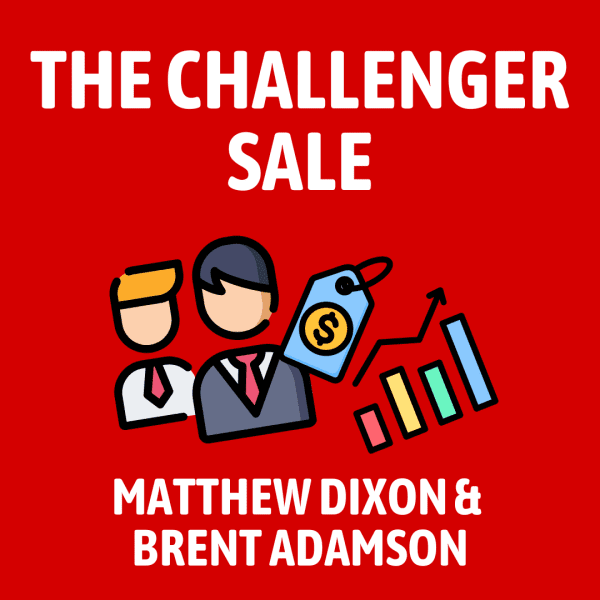
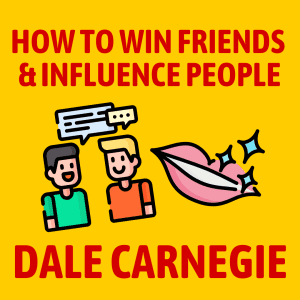
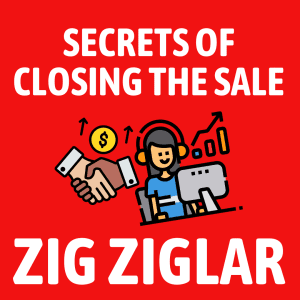
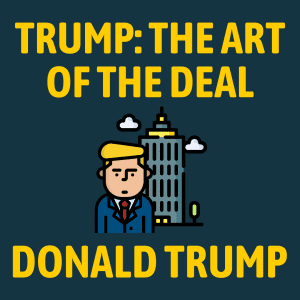
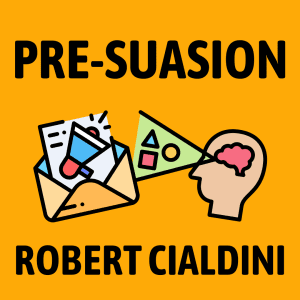
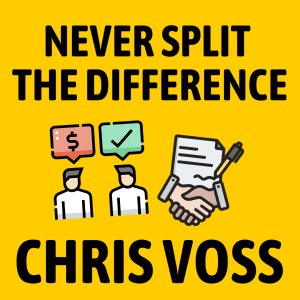
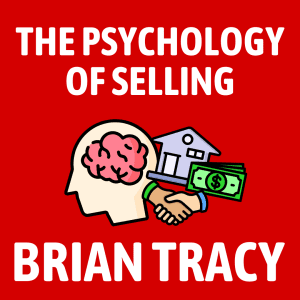
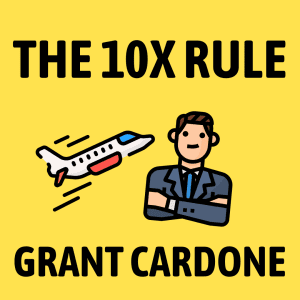
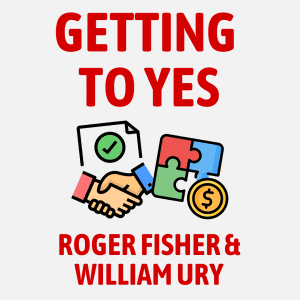
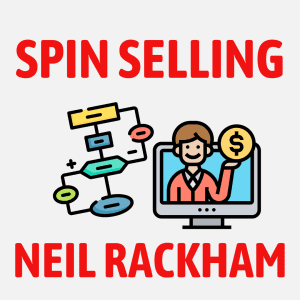
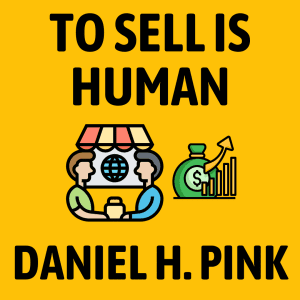












Community Notes